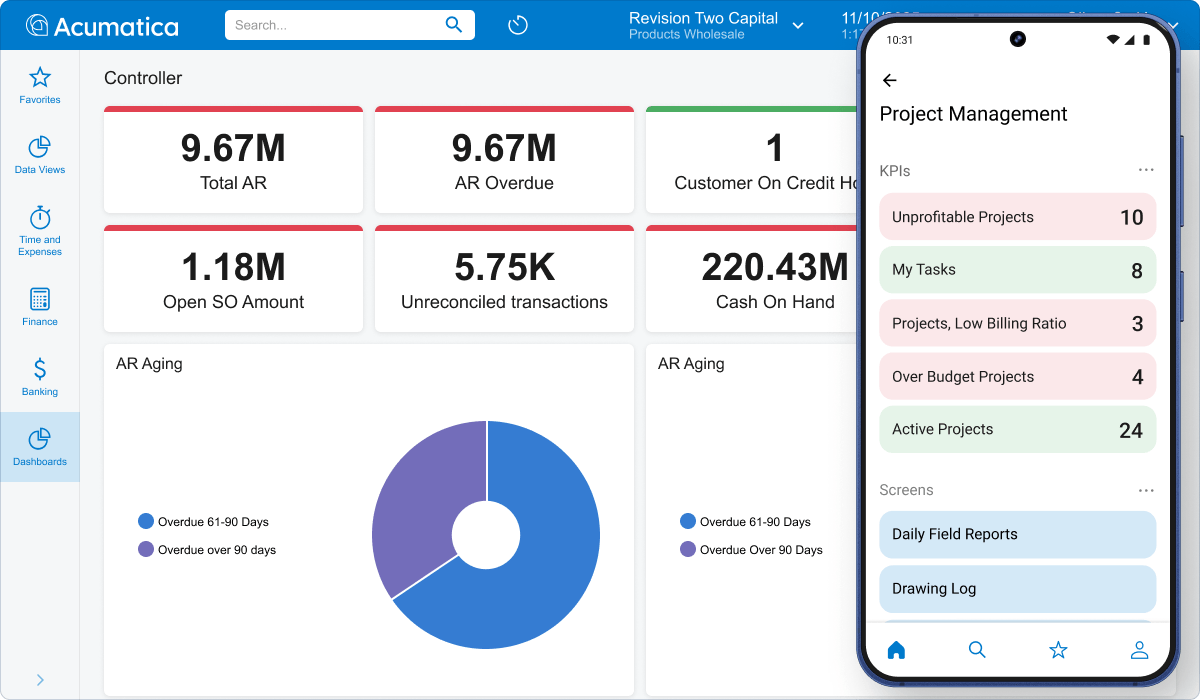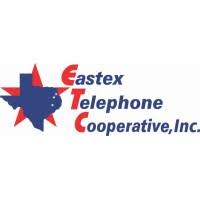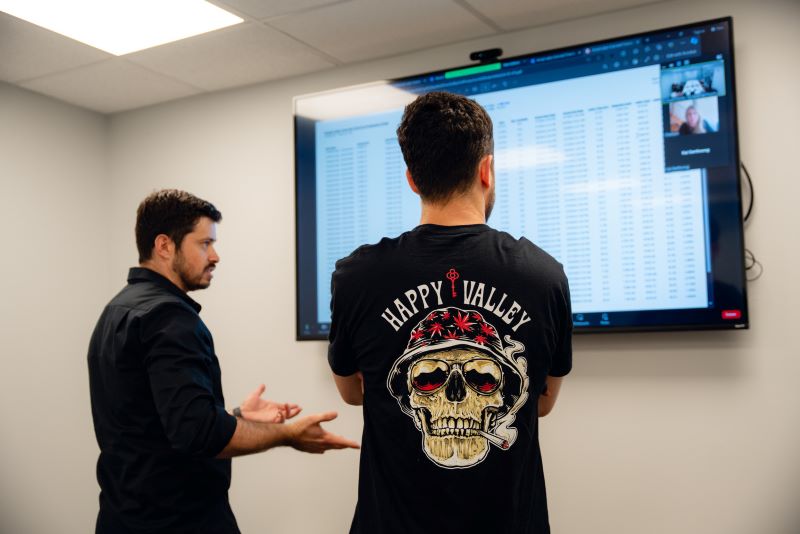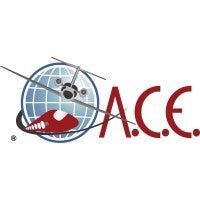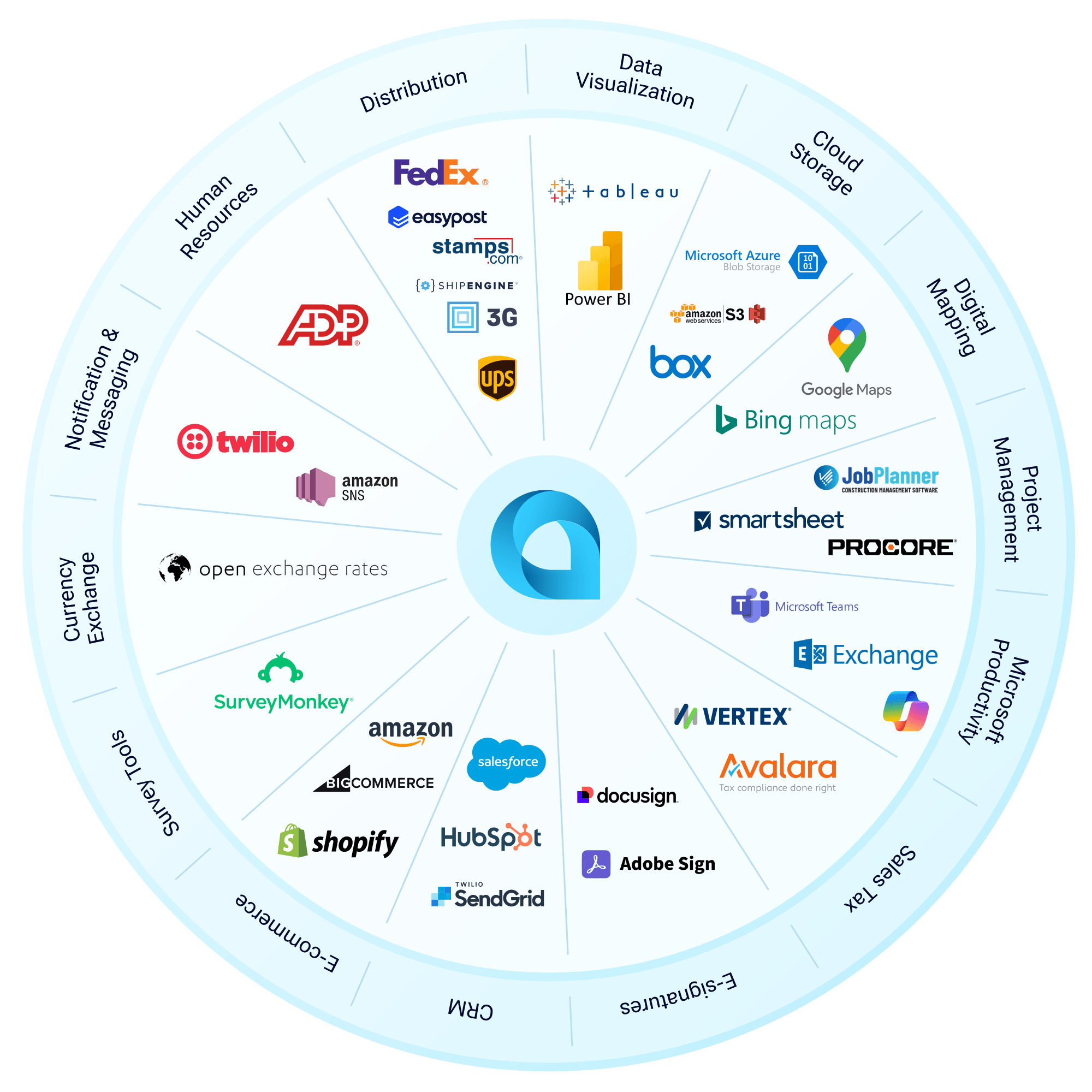| Cloud Deployment |
True cloud-native; supports SaaS, private cloud, and on-premises |
Primarily on-premises; cloud hosting requires SharePoint |
Requires SharePoint for cloud; not true cloud |
Primarily on-premises; cloud hosting requires IIS |
| Licensing Model |
Charges based on resources used; unlimited users |
Per-user licensing; costs increase with user count |
Per-user licensing; costs increase with user count |
Per-user licensing; costs increase with user count |
| Customization |
Open architecture; uses .NET and C# for easy customization |
Limited customization; uses proprietary Dexterity language |
Limited customization; uses proprietary tools |
Customization possible but uses proprietary language |
| Integration |
Open API; seamless integration with third-party tools |
Requires middleware for integrations |
Requires middleware for integrations |
Strong integration with Microsoft ecosystem |
| Industry-Specific Features |
Built-in modules for construction, distribution, manufacturing, etc. |
Requires third-party add-ons for industry-specific needs |
Requires third-party add-ons for industry-specific needs |
Industry-specific extensions available |
| CRM |
Native CRM included |
Requires separate CRM (e.g., Dynamics CRM) |
Requires separate CRM (e.g., Dynamics CRM) |
Requires separate CRM (e.g., Dynamics CRM) |
| Scalability |
Unlimited users; scales with business growth |
Limited by per-user licensing |
Limited by per-user licensing |
Limited by per-user licensing |
| Reporting & Analytics |
Real-time, self-service reporting; built-in BI tools |
Limited analytics; Power BI requires additional setup |
Limited analytics; Power BI requires additional setup |
Limited analytics; Power BI requires additional setup |
| Updates |
Automated updates; no downtime |
Manual updates; downtime required |
Manual updates; downtime required |
Manual updates; downtime required |
| Security |
Enterprise-grade security; encryption, MFA, role-based access |
SQL-based security; lacks modern encryption and MFA |
SQL-based security; lacks modern encryption and MFA |
SQL-based security; lacks modern encryption and MFA |
| Total Cost of Ownership (TCO) |
Lower TCO due to resource-based pricing and built-in features |
Higher TCO due to licensing and third-party add-ons |
Higher TCO due to licensing and third-party add-ons |
Higher TCO due to licensing and third-party add-ons |
 Canada (English)
Canada (English)
 Colombia
Colombia
 Caribbean and Puerto Rico
Caribbean and Puerto Rico
 Ecuador
Ecuador
 India
India
 Indonesia
Indonesia
 Ireland
Ireland
 Malaysia
Malaysia
 Mexico
Mexico
 Panama
Panama
 Peru
Peru
 Philippines
Philippines
 Singapore
Singapore
 South Africa
South Africa
 Sri Lanka
Sri Lanka
 Thailand
Thailand
 United Kingdom
United Kingdom
 United States
United States
